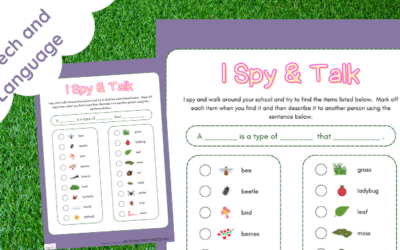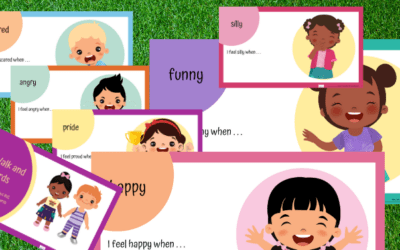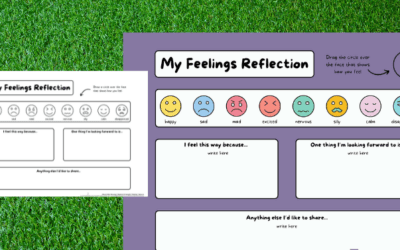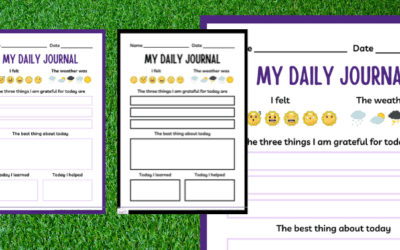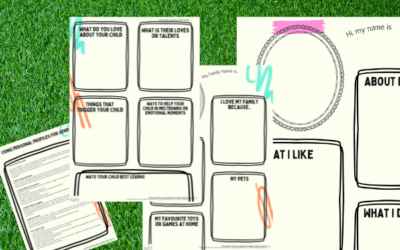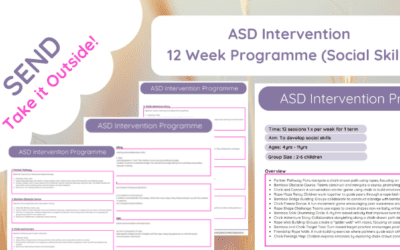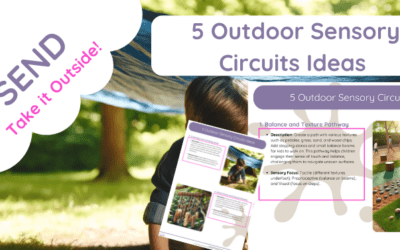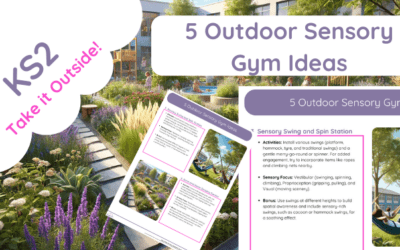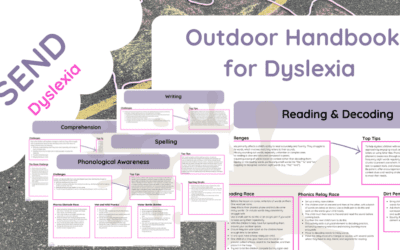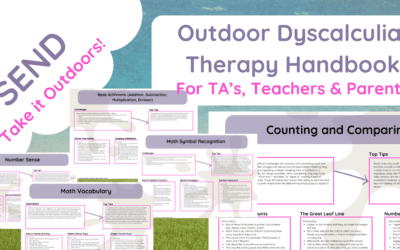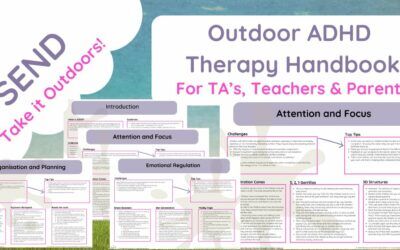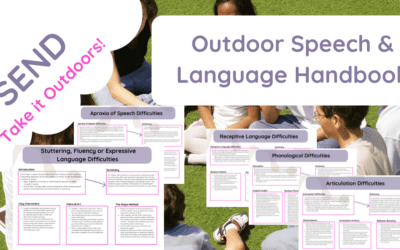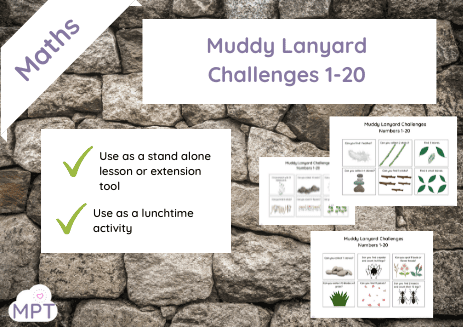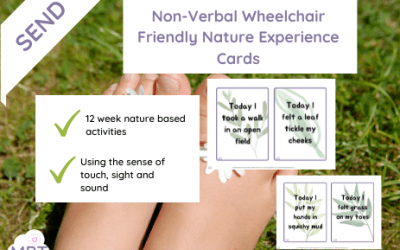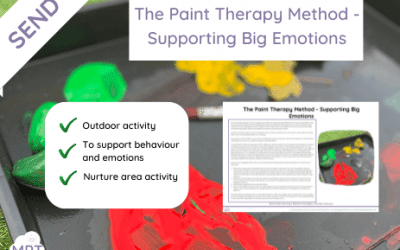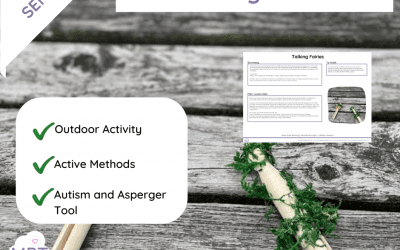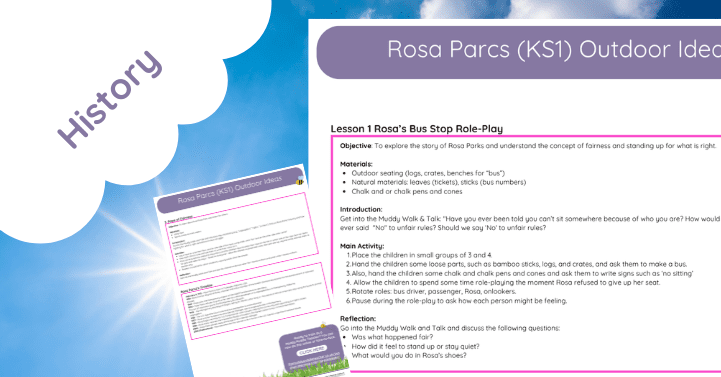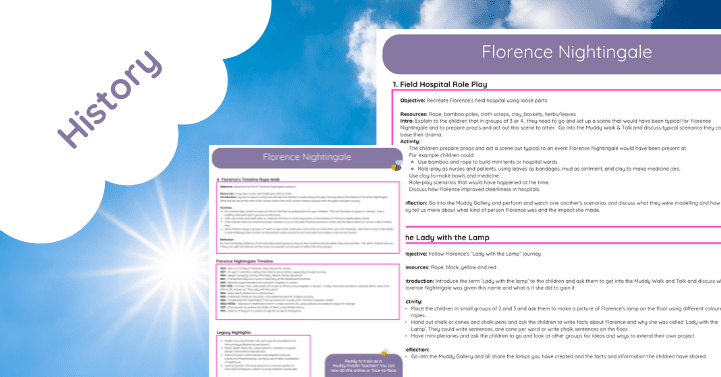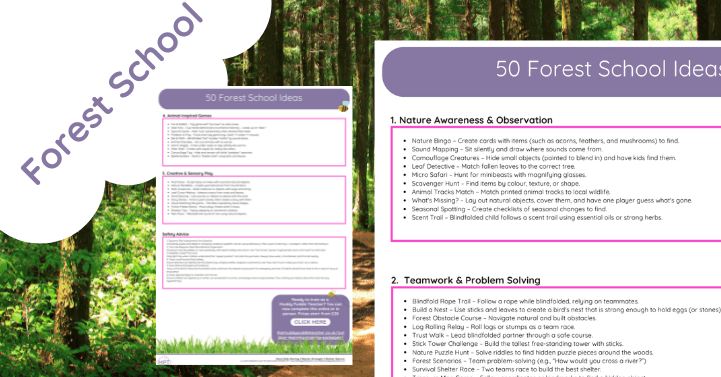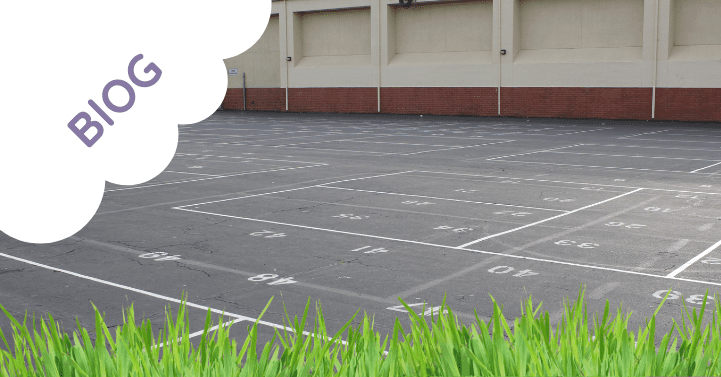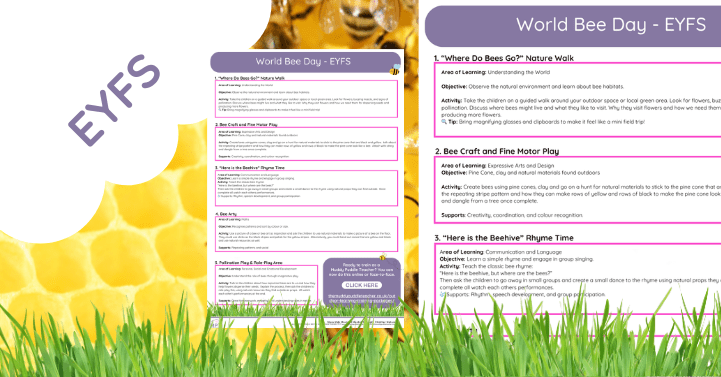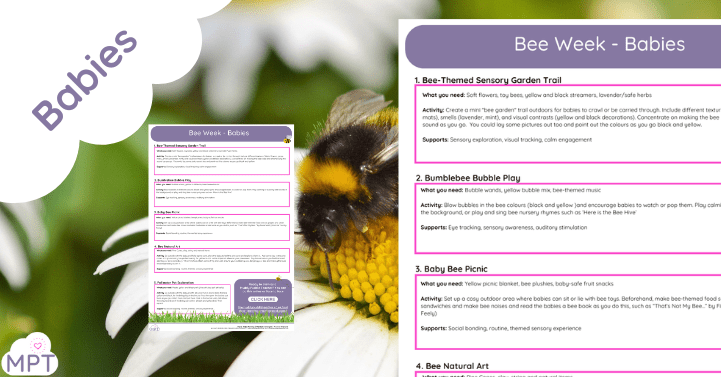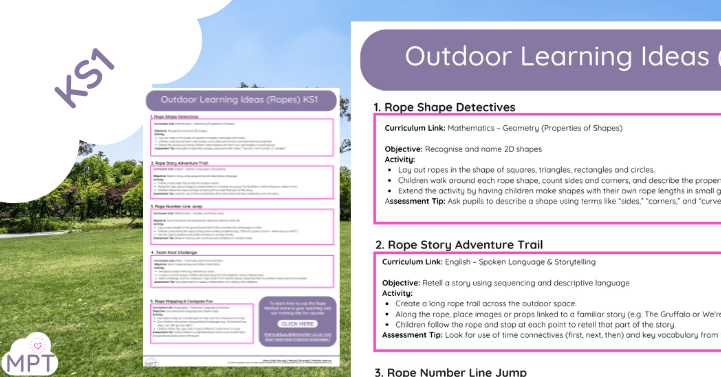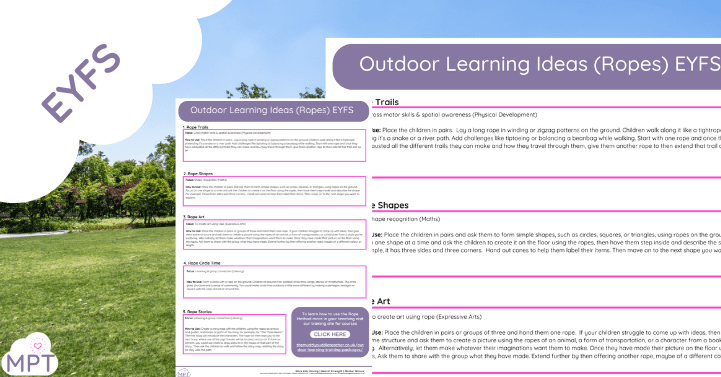Outdoor Learning “I Spy and Talk”Build language, observation, and connection through nature play. Turn every outdoor...
Outdoor Learning Emotions Intervention
Apr 10, 2025
Outdoor Learning Emotions InterventionNurture emotional growth in nature’s classroom. Support children’s emotional...
Feelings Reflection Sheet
Apr 5, 2025
My Feelings Reflection Sheet – A Safe Space to Understand and Express Emotions Help children with SEND develop...
Daily Journal SEND
Apr 5, 2025
Daily Journal SEND – Empowering Reflection, One Day at a Time Unlock the power of daily reflection for learners with...
One-Page Profiles for SEND
Apr 5, 2025
One-Page Profiles for SEND🧩 Quick to read. Powerful in practice. Our One-Page Profiles for SEND are a must-have tool...
ASD Intervention – Emotional Regulation Programme
Dec 30, 2024
ASD Intervention – Emotional Regulation Programme Empower children with Autism Spectrum Disorder (ASD) to better...
ASD Intervention Programme (Social Skills)
Dec 30, 2024
ASD Intervention Programme : Outdoor Lessons Using the Muddy Puddle Teacher Approach for Autistic Children The Muddy...
5 Outdoor Sensory Circuits Ideas
Nov 14, 2024
5 Outdoor Sensory Circuits Ideas Pack Unleash the power of outdoor sensory play with our "5 Outdoor Sensory Circuits...
5 Outdoor Sensory Gym Ideas
Nov 14, 2024
5 Outdoor Sensory Gym Ideas Bring the excitement of sensory exploration to the great outdoors with our "5 Outdoor...
Outdoor Handbook Dyslexia
Oct 24, 2024
The Outdoor Handbook for Dyslexic Children by The Muddy Puddle Teacher: A Teacher’s Essential Guide Transform your...
Outdoor Dyscalculia Handbook
Oct 16, 2024
Outdoor Dyscalculia Handbook: A Practical Guide for Hands-On Math Learning in Nature The Outdoor Dyscalculia Handbook...
ADHD Outdoor Therapy Handbook
Oct 12, 2024
Exploring the Benefits of ADHD Outdoor Therapy: A Guide for Educators and Parents 1 x Handbook with Outdoor Therapy...
Outdoor Speech & Language Handbook
Oct 3, 2024
What does this resource include? 1 x Handbook separated into the 5 areas of speech and language. Each area will give a...
Muddy Lanyard Challenges Numbers 1- 20
May 4, 2022
Our much-loved Muddy Lanyard Challenges are very popular and a versatile tool to use outdoors, give direction and in...
Non-Verbal Wheelchair Friendly Nature Experience Cards
Apr 27, 2022
What does this pack include? 26 cards of outdoor activities for non-verbal wheelchair users How can I use this...
Outdoor Wellbeing – Worry Leaves Template
Mar 8, 2022
Outdoor Wellbeing Ideas. Use this template to help children with worries and to help them share these and blow them...
Outdoor Learning Therapy – Rock therapy
Nov 17, 2021
The Paint Therapy Method - Supporting Big Emotions Art can be great therapy for all of us. Being very mindful and...
Talking Fairies (Emotions & Feelings Lesson)
Oct 12, 2021
Talking fairies is a lovely activity to allow children to express feelings through another object. For some children...


